We often hear about large white sharks, hammerhead sharks, tiger sharks, and others—names that sound quite fierce, befitting notorious ocean predators. However, there are some shark species with rather cute names, such as the cookiecutter shark. Despite its adorable name, this species is anything but cute in reality.
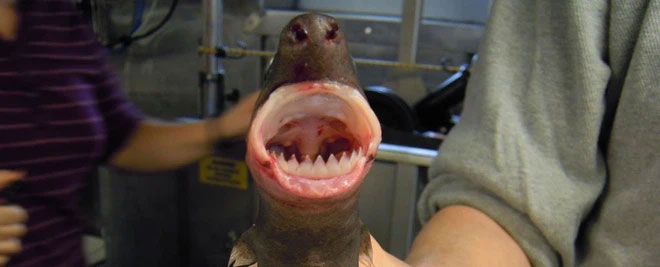
Cookiecutter shark.
This species was discovered by French naturalists in the early 19th century. However, it wasn’t until the 1970s that marine researchers recognized them as small yet aggressive and very dangerous creatures.
This deep-sea shark seems to surface only at night, and we don’t know much about them. One thing is certain: they love to bite.
Over the years, scientists have found bite marks resembling cookie-cutter shapes (hence the name) on the bodies of dolphins, swordfish, sea turtles, whales, great white sharks, and even military submarines and humans.
The shark’s mouth is uniquely structured with thick lips that allow it to cling tightly to its prey by creating a vacuum on the smooth surface. It then sinks its sharp teeth into the flesh of the prey and uses a twisting motion to scoop out chunks of meat, leaving behind deep crater-like wounds. These are not small wounds either, as some have been recorded to be approximately 5 cm wide and 7 cm deep.
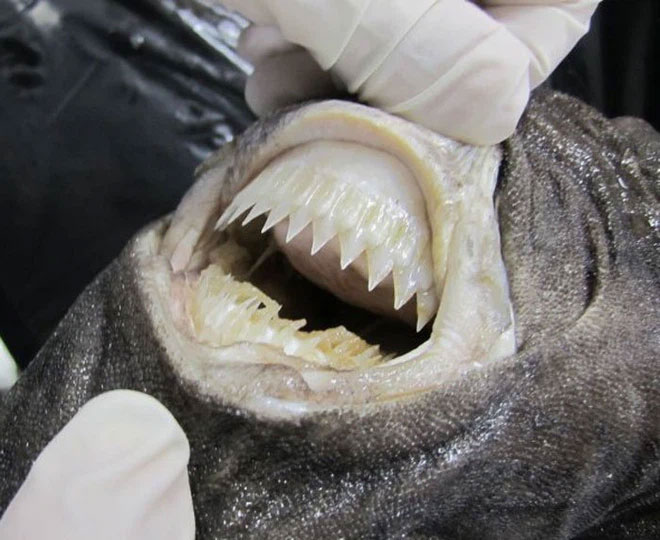
The shark’s mouth is uniquely structured with thick lips.
A plethora of evidence regarding bite marks has led many scientists to believe that this small predator (Isistius brasiliensis), which usually grows no longer than 50 cm, prefers to eat much larger prey, but that may not be entirely accurate.
“Overall, the hypothesis is that this shark primarily feeds on larger animals, but we have no experimental data to support that,” explained marine scientist Aaron Carlisle from the University of Delaware.
Now, new research on the stomach contents of 14 cookiecutter sharks collected near Hawaii has revealed what these predators actually prefer to sink their teeth into.
Contrary to what we might think, it appears they often choose prey that is about their own size. Researchers noted that, at least in this region of the world, marine mammals and large fish account for less than 10% of the cookiecutter shark’s diet.
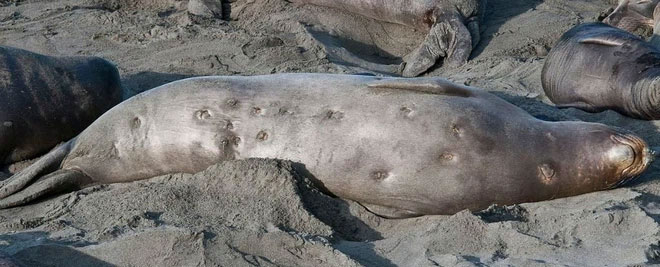
Bite marks of a cookiecutter shark on a seal.
Moreover, only the largest individuals feed on the bodies of whales, dolphins, or other shark species, which often inhabit the surface waters. Most cookiecutter sharks remain deep down, feeding on smaller prey like squid, crustaceans, and small fish.
Carlisle explained: “These animals play a unique ecological role in the world’s oceans. They eat everything from the largest, toughest predators—like great white sharks and orcas—to the tiniest creatures. Very few species can do something like this.”

Most cookiecutter sharks remain deep down.
Prior to this study, fewer than 150 cookiecutter shark stomachs had been analyzed, and our technology has improved significantly over time. Modern biochemical tracking technologies can reveal isotopes, fatty acids, and DNA from other animals that cookiecutter sharks ingest.
Only three of the collected sharks had food in their stomachs, and even then, the quantity was quite limited. However, a series of biochemical tests helped reveal the potential diet of all 14 sharks.
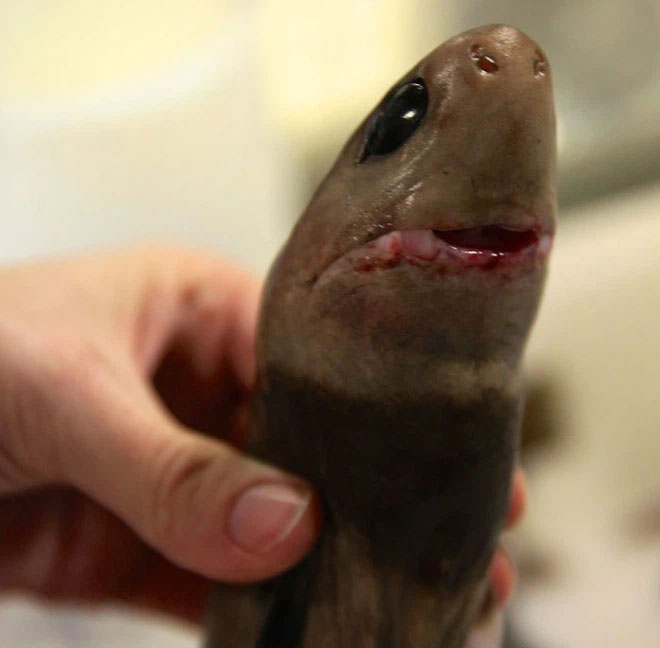
They eat much fewer larger prey than we previously thought.
The stable isotopes, fatty acids, and DNA collected from the intestines of cookiecutter sharks indicate that they consume much fewer larger prey than we previously assumed.
More than half of their prey consists of small animals from the deep sea and mesopelagic zone.
The sample size of the current study is relatively small and limited to one area of the world, but it suggests that the cookiecutter diet may be more diverse than we had assumed.
They seem to have no appetite for certain species, which may change not only when prey migrates but also as the sharks grow larger.
After all, only when they grow larger fins can these sharks chase after bigger, faster-moving prey to take a bite.
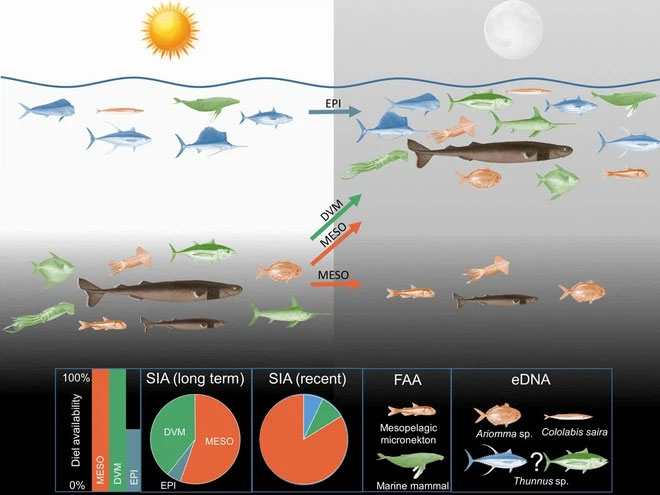
They seem to have no appetite for certain species.
Carlisle stated: “The smaller ones, we think, primarily inhabit deep waters. They don’t feed at the surface until they reach a certain size. But again, no one has actually seen a baby cookiecutter shark, so we don’t really know for sure. We are trying to make these inferences based on data regarding what they are eating and their ecosystem.”
We will need more data before we can learn more about this peculiar deep-sea parasitic shark.


















































